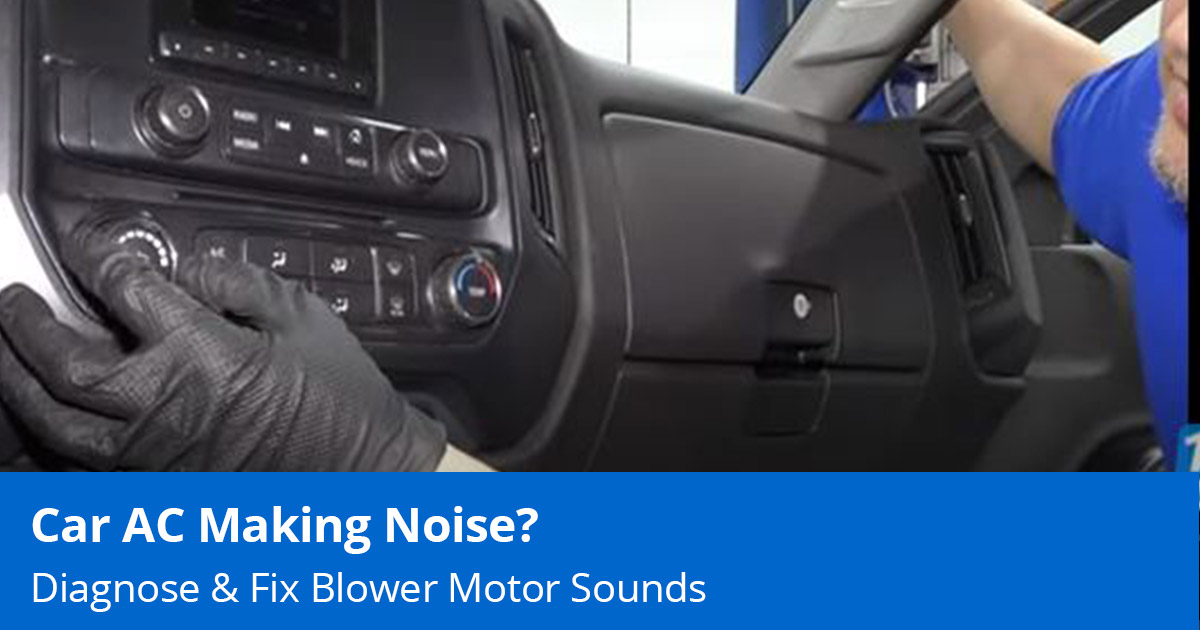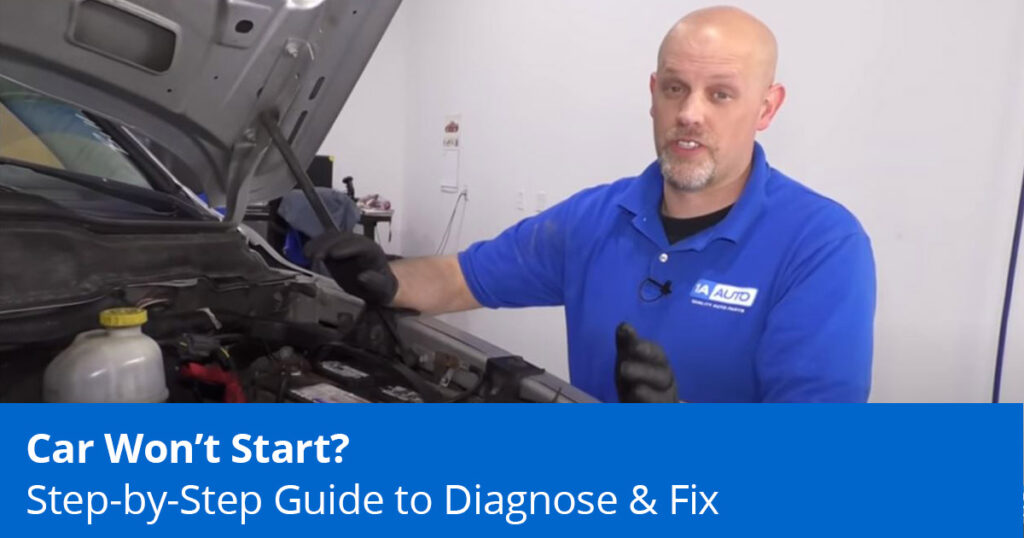
If you ever hear a loud engine squeal or screeching noise when starting your car, it could be a sign of a bad serpentine belt or an alternator that is failing. A bad alternator is the most common cause of a car that squeals when starting. Watch this video from our experts at 1A Auto to diagnose & fix a screeching noise you hear when starting your car.
Free Shipping No Minimum – Save Up to 50% Off Auto Parts

Cause of the Screeching Noise You Hear When Starting Your Car
The serpentine belt is responsible for keeping various vehicle systems functioning. This includes the power steering pump, the alternator, water pump, and air conditioning. It is also referred to as the drive belt. Sometimes, it may lose tension and wear down due to friction and heat.
This may cause the belt to squeal or chirp and as a result, you may hear a loud engine screeching noise any time you start the car. In this post, we’ll teach you how to fix a car that’s making a screeching noise due to a drive belt that has lost its tension.
How to Check for Bad Serpentine Belt and Bad Alternator Symptoms
Before working on your belt, you’ll want to confirm that the screeching noise you hear from your car is not a sign that your alternator is going bad. Follow the steps below to check for a bad alternator or serpentine belt.
Step 1: Turn on the Engine and Watch the Volt Gauge
As you turn the key to switch on the engine, the volt gauge will move with the squealing noise. The change is subtle but noticeable. In some vehicles, you’ll see a light turn on the dashboard when you start your car. Both cases indicate that you have a bad serpentine belt.
Step 2: Open the Hood of Your Car and Check the Drive Belt
Once you open the hood of your car, locate the alternator. It’s normally an aluminum housing with a pulley at the front that has a belt on it. In some cars, it’s located near the top of the engine compartment while in others, it’s mounted at the bottom of the engine.
What you’ll want to check is the tension of the belt. You should be able to push it about half an inch down. If you can push it further without applying too much force, the serpentine belt does not have enough tension.
Step 3: Check the Alternator to Ensure It Turns
A bad alternator can cause an engine screeching noise when you start your car. This is by interfering with how the belt works. To ensure your alternator works fine, take off the belt and spin the pulley.
You want to ensure that it spins nice and smooth. If you feel any crunching, hear any noise, or experience difficulty while rotating it, it may be a sign that your alternator is going bad. It could be the cause of the loud screeching noise that you hear when you start the car. You’ll need to replace the alternator together with the belt.
How to Tighten a Serpentine Belt and Eliminate Engine Screeching Noise
If your alternator is working fine, you probably just need to tighten up the belt to eliminate the loud screeching noise. There are some newer cars that are fitted with an automatic belt tensioner that you can use to apply the right amount of tension to the drive belt.
In older cars, you may have to do it manually. Some of the tools you’ll need include a pry bar and a wrench. You can buy these tools, serpentine belts, alternators, and everything you need to rid your car of that loud squeal, at 1AAuto.com.
Follow the steps below to learn how to tighten a loose serpentine belt. You can also check out the video and see how our mechanics eliminate that horrible engine squeal.
- Locate the large bolts that secure the alternator. On this 1974 Pontiac, the alternator had two large bolts – one at the top and one at the bottom. Some cars may have four bolts. Adjusting these helps to tighten the serpentine belt.
- Start by loosening the bottom bolt using a wrench. On this vehicle, the bottom bolt was a 9/16.
- Place a pry bar behind the alternator and loosen the top bolt. Use the pry bar to push on the alternator from the back as you slightly loosen the top bolt. Once the bolt loosens, retighten it while still pushing further on the alternator.
- Tighten up the bottom bolt using your wrench.
- Check the belt to see if it has better tension.
- Start your car and listen to your engine compartment. The steps above should help eliminate the loud engine screeching noise. If your engine still screeches when starting, it could be a symptom of a bad alternator.
FAQ
How Tight Should a Serpentine Belt Be?
In most cases, the serpentine belt should have about half an inch of space for play. This ensures it’s secure and reasonably tight. If there is more than half an inch, the belt can slip and screech. It will, therefore, need to be adjusted. The same applies if there is less than half an inch of play.
How Do I Know If My Serpentine Belt Is Loose?
A loose serpentine belt is characterized by a loud screeching or squealing noise whenever you turn the ignition key or steer the car all the way to the side. You may also notice that your belt is slipping off its pulley.
Can You Tighten Alternator Belt too much?
Yes. A serpentine belt that’s too tight can wear out the pulley bearings that it rotates on and other parts of the engine compartment such as the power steering pump, the alternator, and A/C compressor.
How Expensive Is It to Replace a Serpentine Belt?
Replacing a serpentine belt is a relatively inexpensive affair compared to other car parts. A new serpentine belt may cost you between $30 and $80 while a professional mechanic will charge an average of $100-$200 to replace it.





